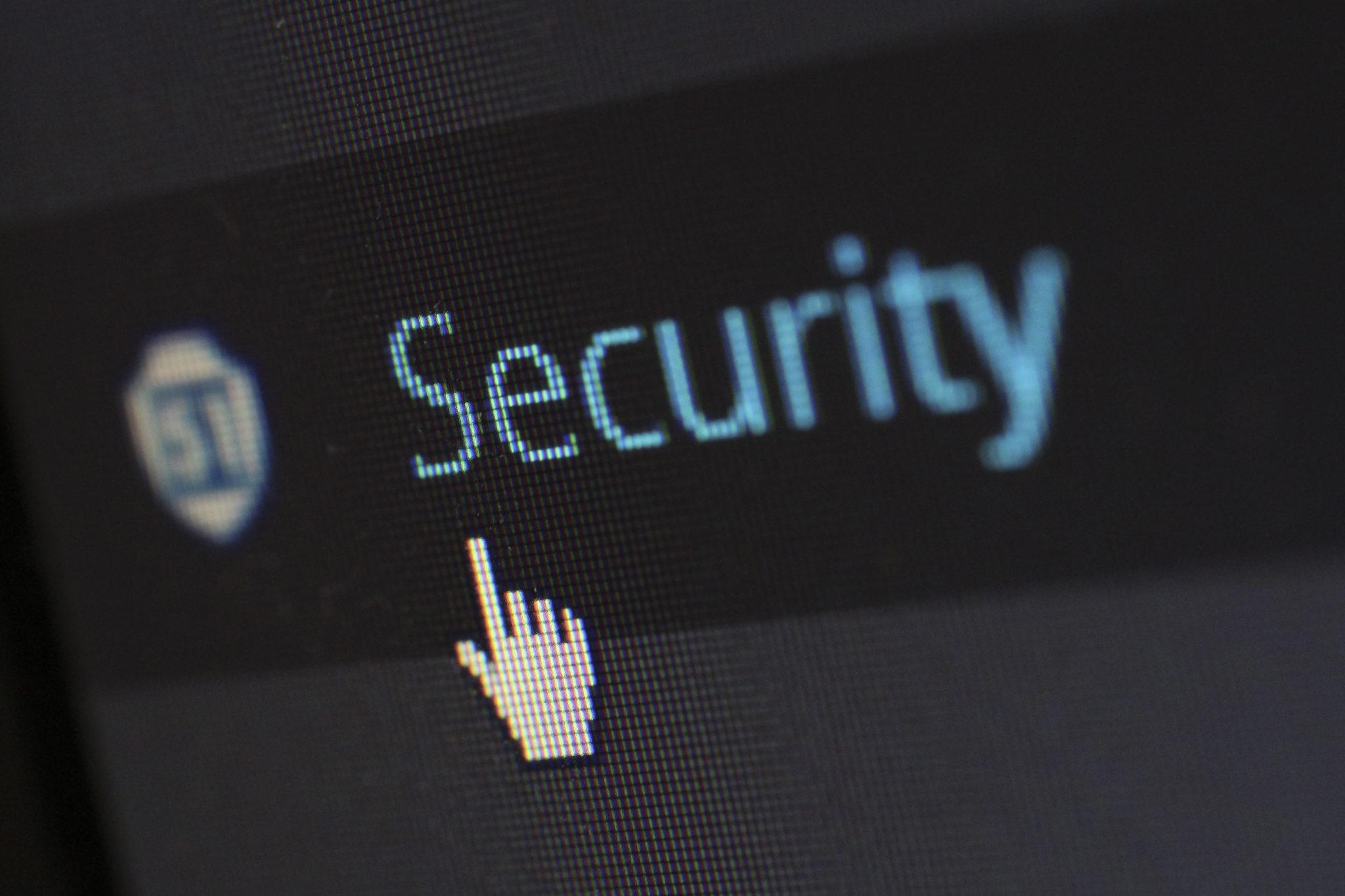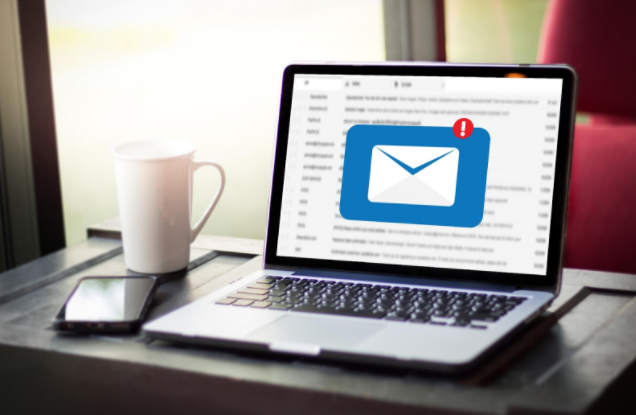A client called this past week with an important question – he had received an email (with an attachment) indicating it came from “postmaster at…” advising him that a lot of spam had been getting sent out from his email address. This client was a writing service that provides premium assignments to USA students.
His email addresses matches his website domain name. He hadn’t opened it, and I was able to tell him that this was unquestionably a fake, a virus-infected email aimed at his computer. If he had been sending spam from his email address, the account would have been shut down, and we would have been notified. He would never have been sent an email with an attachment.

As website owners, it is unavoidable that over time your email address which appears on your website will get its share of undesirable email, namely spam and/or viruses. Spam of course is largely an annoyance; viruses can cause serious business disruption and cost you time and money to recover from them.
Viruses are very good at imitating official looking communications – such as the one our client received, claiming to be from a server “postmaster.” It’s really important to remember that since a virus can appear to be from almost anyone (including people in your address book) you must view any unexpected email attachment with skepticism. Even if you know the sender, it is no guarantee that the email is not a virus, because email addresses are “harvested” all the time. So whether the sender is familiar or not, always be sure that a questionable email really did originate from where it says it did before opening. It’s a bother, to be sure, but nothing compared to the bother of getting infected by a computer virus, and having to deal with a possible nightmare scenario of lost or corrupted data. Besides being aware to what is happening, as I just indicated, the best protection is a good, anti-virus software program installed on your computer.

Anyone who is connected to the internet, and who uses email, must absolutely have good anti-virus software, such as McAfee Security Center or Norton Antivirus. Not only do you need the software installed, you need to download virus-blocking updates as they become available, to keep your anti-virus software up to date. If you don’t, it may be only a matter of time before a virus will hit you.
Guest Post by Carol.
